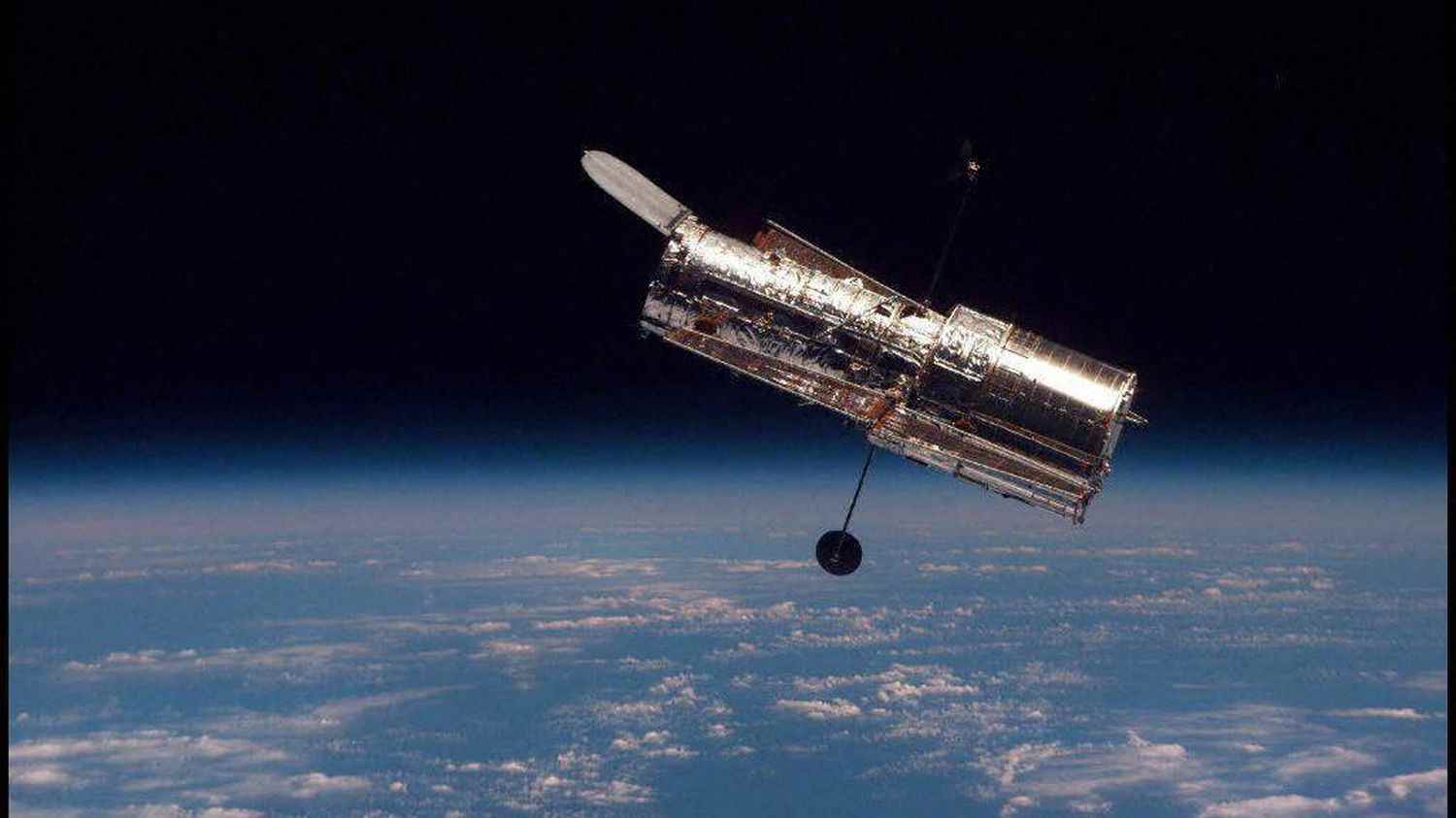For thirty years, Hubble has scrutinized the smallest corners of the Universe and made it possible to make the cosmos more popular. Imagined in the aftermath of the Second World War, the most famous of space telescopes was developed in the 1970s by NASA, with the participation of the European Space Agency, and put into orbit in April 1990. Located 600 km from Earth, Hubble revolutionized astronomy and upset our vision of the Universe thanks to impressive images of the Solar System, the Milky Way and very distant galaxies.
The documentary Hubble’s Odyssey, a eye in the stars looks back on the epic of this technological jewel, on the difficulties that have marked its exploitation but also on the exceptional photos that it has collected. Scientific images literally elevated to the rank ofworks of art in the eyes of many observers, to the point of arousing a real worldwide craze for the Universe.
The first of them, entitled “The Pillars of Creation”, made the front page of magazines in 1995. A first for a scientific image, which would be followed by hundreds of other equally impressive ones. But the sublime colors of these shots, similar to those of paintings by old masters, do not come directly from Hubble. As the telescope camera can only render black and white photos, a huge amount of analysis and colorization work was necessary.
Alyssa Pagan, graphic designer at the Hubble Telescope Science Institute, who testifies in the documentary, explains her work on these shots: “For me, the work I do mixes art and science. What is the data trying to tell me? What should be highlighted? (…) I see myself as a messenger who owns both knowledge of art and astronomy.”
Making the cosmos real is the challenge taken up by the graphic designers who work on these data. For this, they borrowed different techniques, and among them the know-how of the American painters of the end of the 19th century who “had popularized the wild landscapes of the American West.”
“All the techniques developed by artists to paint landscapes are directly usable for these cosmic landscapes.”
Frank SummersAstrophysicist at the Hubble Telescope Science Institute
This expert work contributed to the exceptional notoriety of the Hubble telescope and to the growing interest of the general public for the galaxy. “With Hubble, something extraordinary happened in my opinion, rejoices David Elbaz, astrophysicist at the Atomic Energy Commission (CEA). It is because the Universe has become familiar to us. But not just for scientists, for everyone.”
Despite multiple hazards, Hubble is still orbiting in space and was joined in December 2021 by the James Webb Space Telescope. The first data from this new astrograph, which is even more efficient and sophisticated than its predecessor, are expected this summer and should make it possible to shed even more light on the mysteries of the Universe.
The documentary Hubble’s Odyssey, an eye in the stars, directed by Laurent Lichtenstein, is broadcast on Thursday June 2 at 9 p.m. on France 5.
